This article contains spoilers for Star Wars: Visions Season TwoReleasing in 2021, Star Wars: Visions was one of the most unique entries into the Star Wars universe. The nine-episode anthology series depicted both large and small-scale stories from across the galaxy, far, far away, with a plethora of various animation studios joining together to release the episodes. Some of the more popular episodes from the first season were “The Duel” from Kamikaze Douga, “The Village Bride” from Kinema Citrus, and “The Twins” from Studio Trigger.
This year’s May the Fourth present from Disney+ comes in the form of Star Wars: Visions season two, which offers another nine episodes. This time, it’s with a more regionally diverse group of animation studios, more developed characters, and somehow, more impressive animation, even with how fantastic the animation in season one was.
Deeper and More Emotional Stories
Disney+
Season one had some incredible episodes, but one criticism across the board was the lack of emotional depth and character development in the segments, which is understandable, considering each episode was only about 15 minutes long. Season two completely turns this around, shifting the focus from broader social commentary (though there is some, like in D’Art Shtajio’s “The Pit”) to more relatable, personal character emotions and internal obstacles. Things don’t always end on a positive note, either.
For example, in Cartoon Saloon’s episode, “Screecher’s Reach,” the story centers around a young girl who feels she is wasting her life working and helping support her family. When the group follows up on a local ghost story, she finds that this was merely a disguised Sith test, which she passes, and she leaves her family to unknowingly become a Sith apprentice, simply due to the desperation of wanting something more. While the character doesn’t necessarily know what’s in store for her, the viewer is absolutely heartbroken by it.
Another example would be in Punkrobot’s “In the Stars,” which depicts the entire genocide of a clan of locals from the Empire, and how two sisters work together to bring down an Imperial outpost, in order to right the wrongs and honor their slain family and friends. The stories just go a little deeper and hit more personal emotional buttons than season one.
Related: Why “The Village Bride” is the Star Wars: Visions Episode That Needs a Movie
More Regional Variety
Disney+
Whereas season one focused on the talents of Japanese animation studios, season two spreads its episodes throughout a variety of different regional animation studios. Rather than stick to one country or region, season two brings in episodes from South Africa (Triggerfish), Ireland (Cartoon Saloon), India (88 Pictures), France (Studio La Cachette), Spain (El Guiri), The UK (Aardman), Chile (Punkrobot), South Korea (Studio Mir), and Japan (D’Art Shtajio).
Each episode’s theme and music are tailored to represent blended real-life cultural experiences, costuming, and feel within its Star Wars characters and story. For example, Studio La Cachette’s episode, “The Spy Dancer” brings forth French dancing and theatre performance culture into its tale, using a variety of French dance styles in its fighting animation.
Like several of the Japanese-themed episodes of season one, the music for each episode is beautifully curated with regional instruments and musical themes more fitting for the area the animation comes from, like Cartoon Saloon using Irish whistles and flutes throughout its episode, “Screecher’s Reach,” and 88 Pictures using sitars in its episode, “The Bandits of Golak.”
Related: The Beauty of Cartoon Saloon’s Irish Folklore Trilogy
Impressive and Recognizable Animation
Disney+
To go along with the regional expansion of the episodes, season two of Star Wars: Visions brings in some more recognizable animation studios on a general audience level. The most recognizable would be, of course, Aardman’s episode, “I Am Your Mother.” Aardman is the British studio behind widely release animated films like Chicken Run, the Shaun the Sheep movies, Early Man, and Wallace and Gromit.
Studio Mir, the South Korean animation studio that did “Journey to the Dark Head,” is most notable for their work on Nickelodeon’s The Legend of Korra, Adult Swim’s The Boondocks, Netflix’s Voltron: Legendary Defender, and most recently, Max’s Harley Quinn.
Cartoon Saloon (“Screecher’s Reach”) may be the most recognizable animation studio, as they have released several movies that have been Oscar-nominated for Best Animated Feature, including The Secret of Kells, Song of the Sea, The Breadwinner, and Wolfwalkers. While none of the films won in the highly-competitive category, these movies are some of the best that the animated film genre has to offer.
On top of the well-known studios, some surprisingly lesser-known studios did incredible work with their episodes. Like “The Duel” in season one, season two kicks off with the most visually impressive episode of the entire series, with El Guiri’s “Sith.” While the studio itself is smaller than those mentioned above, some of El Guiri’s animators have done work in major films, including Pixar films like WALL-E, The Incredibles, and Ratatouille, as well as other well-known movies like Tales of Arcadia and Trollhunters. Giving an impressive show in animation, the style of “Sith” is more akin to the modern animation in recent films, like Spider-Man: Into the Spider-Verse, Puss in Boots: The Last Wish, and Seth Rogen’s upcoming Teenage Mutant Ninja Turtles: Mutant Mayhem.
Overall, this season of Star Wars: Visions is an improvement upon season one (which is still great!), due to more global representation within its animation, phenomenal regionally curated music, and deeper, more emotional, and more personal characters and stories. Season two is now streaming on Disney+.
You can view the original article HERE.

:quality(85):upscale()/2023/10/23/619/n/1922283/41d4a38765367aa91cbc18.43219011_.jpg)
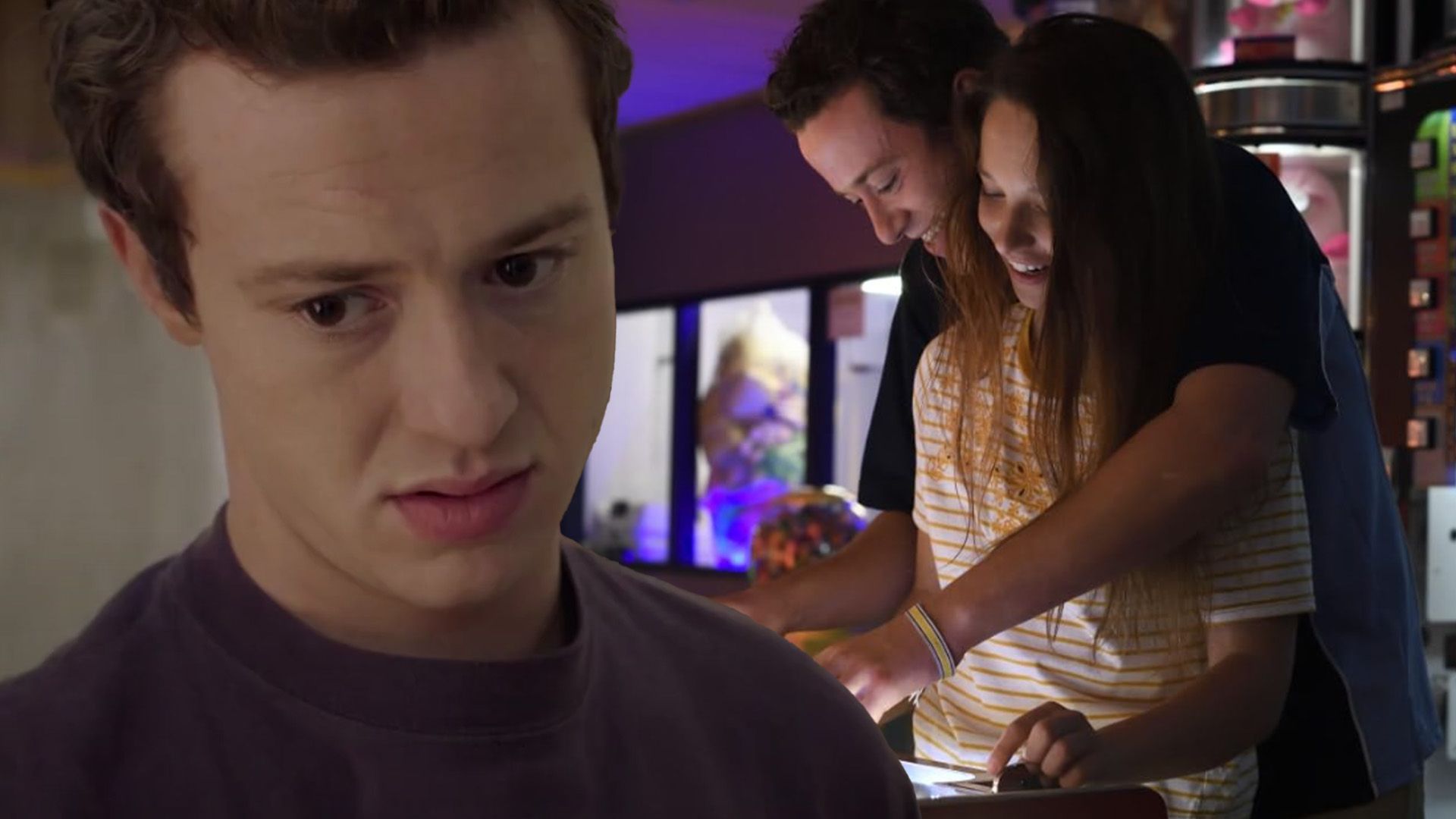
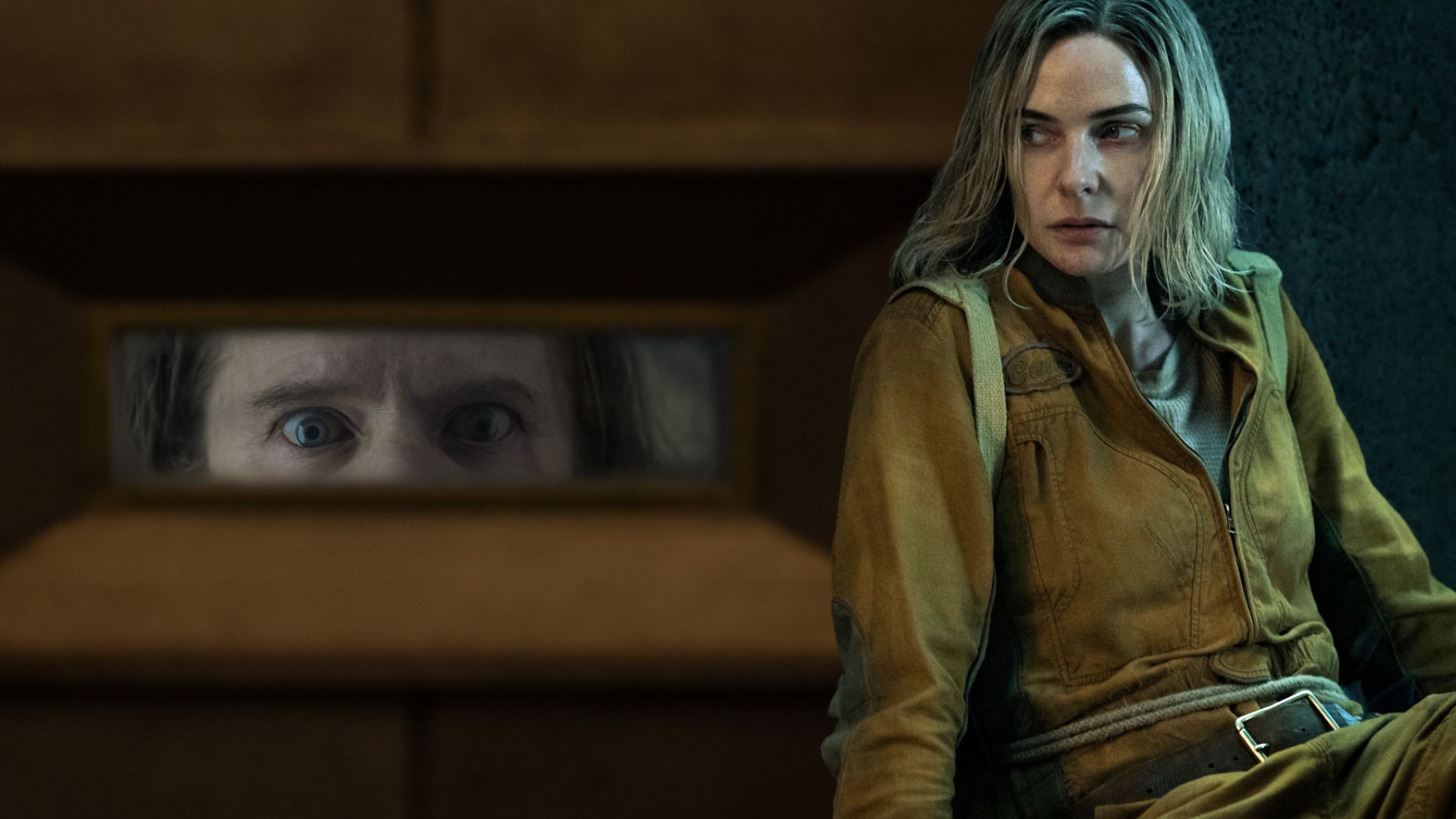

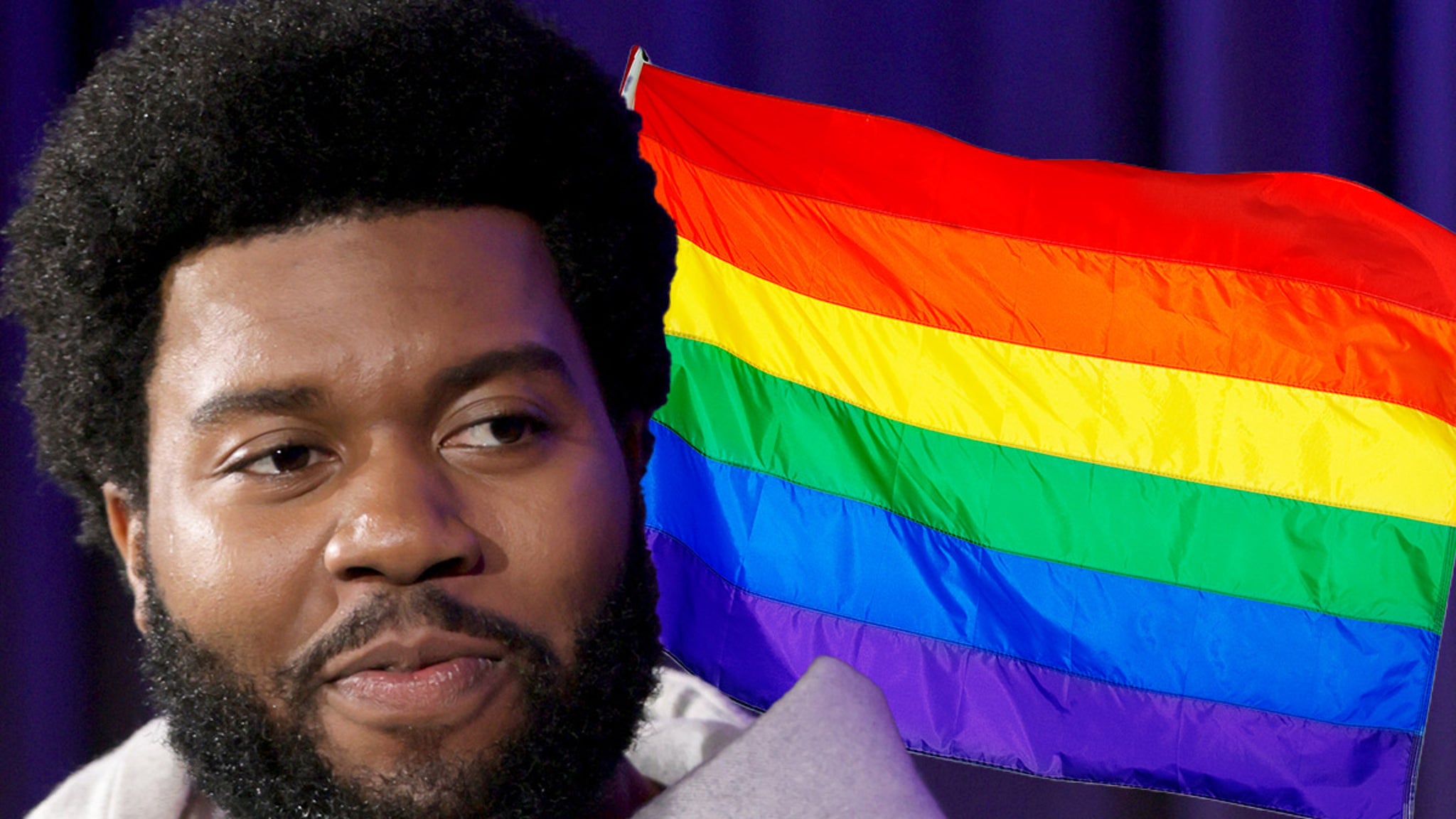
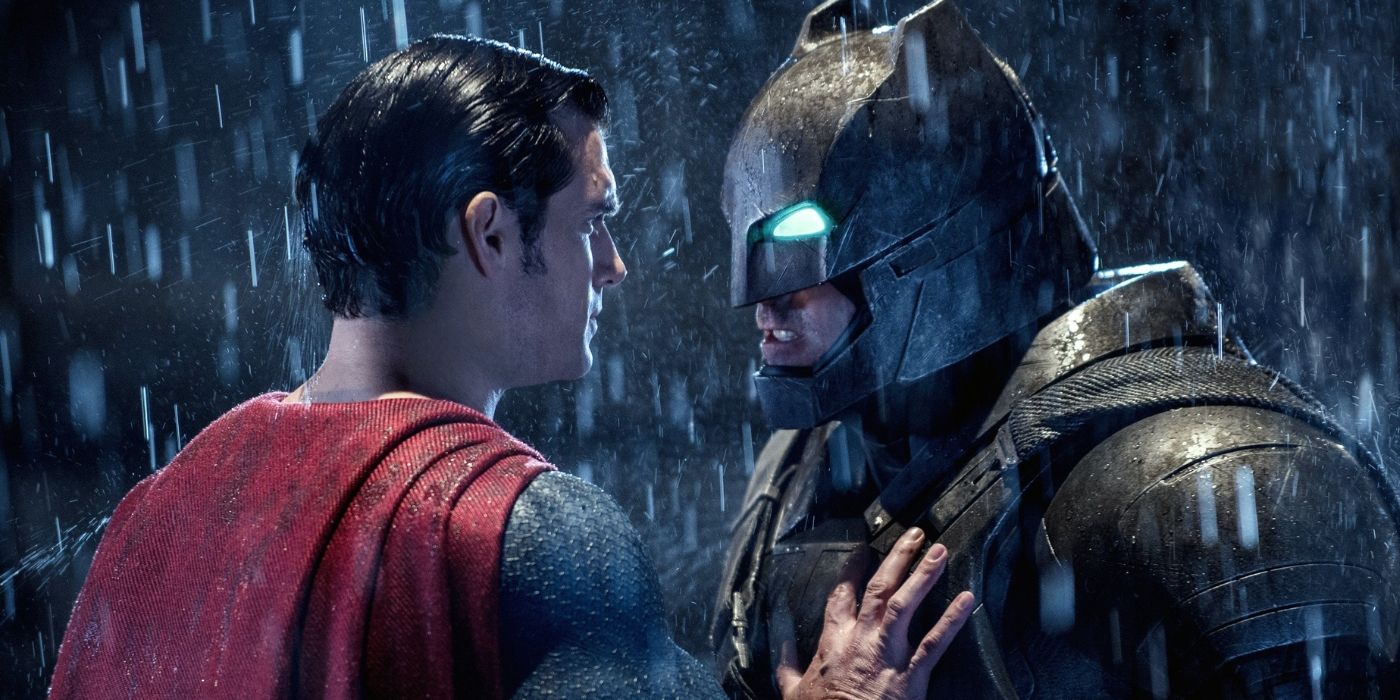


:quality(85):upscale()/2024/09/04/734/n/1922283/9b8f37ec66d88cf7b7e084.15655484_.jpg)



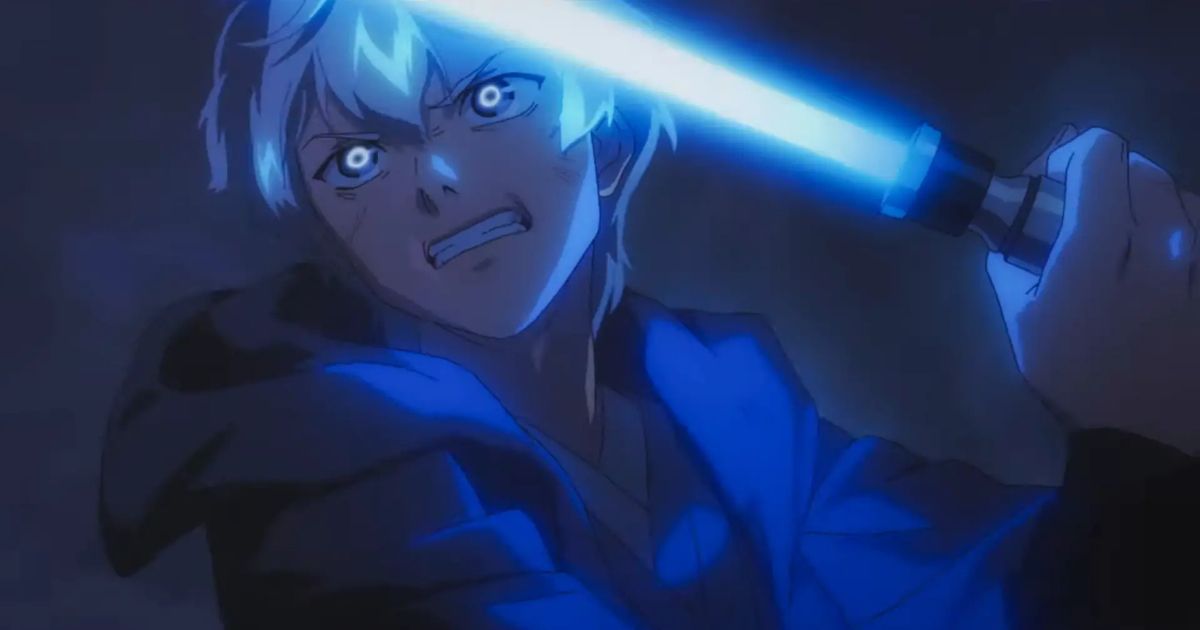

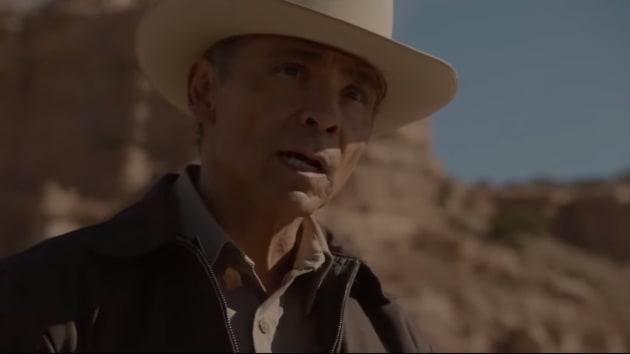


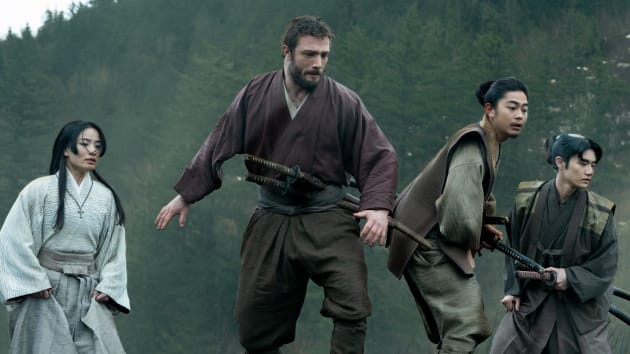
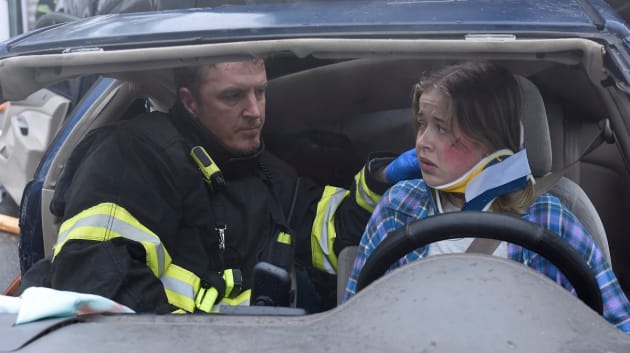
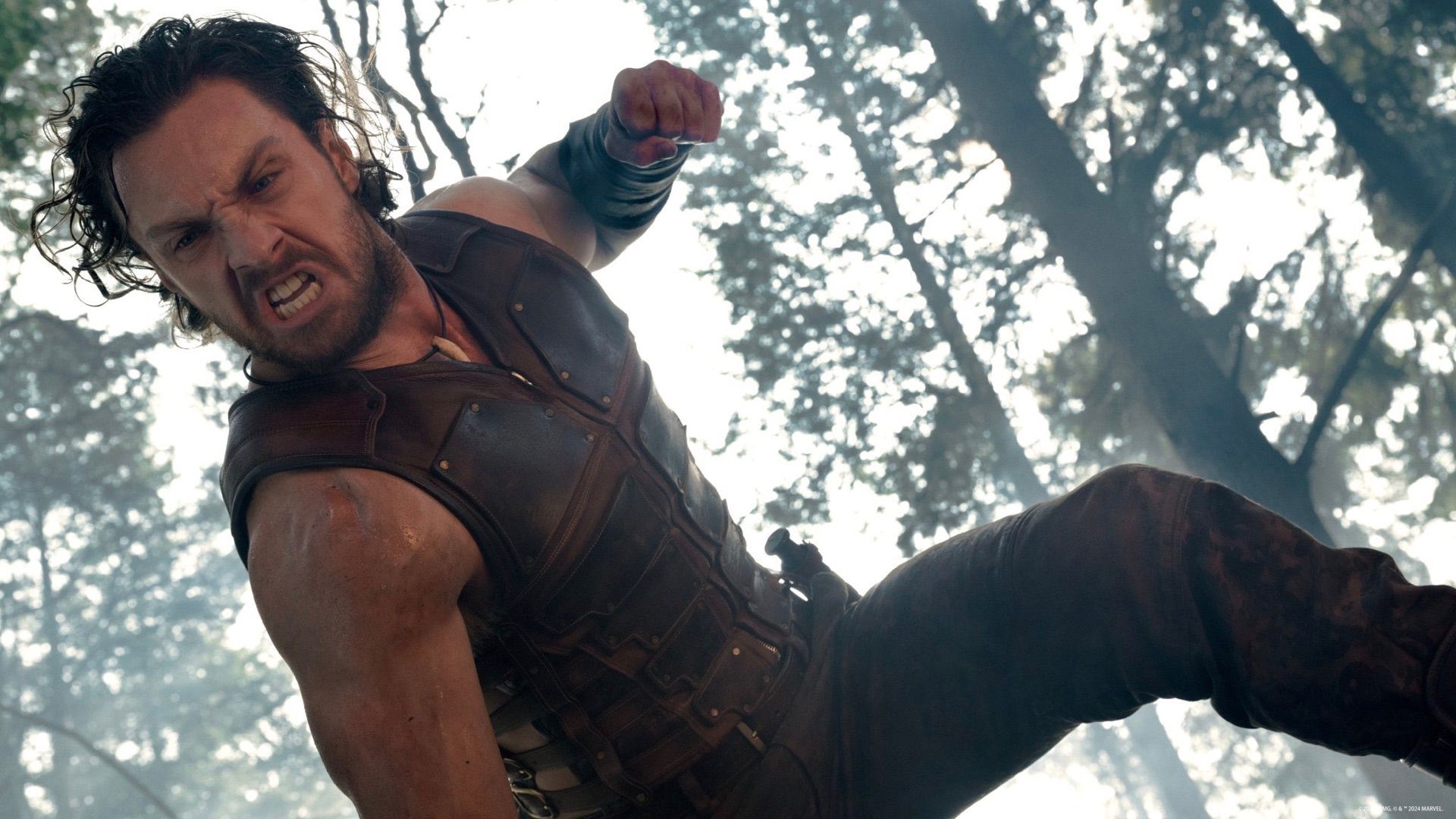

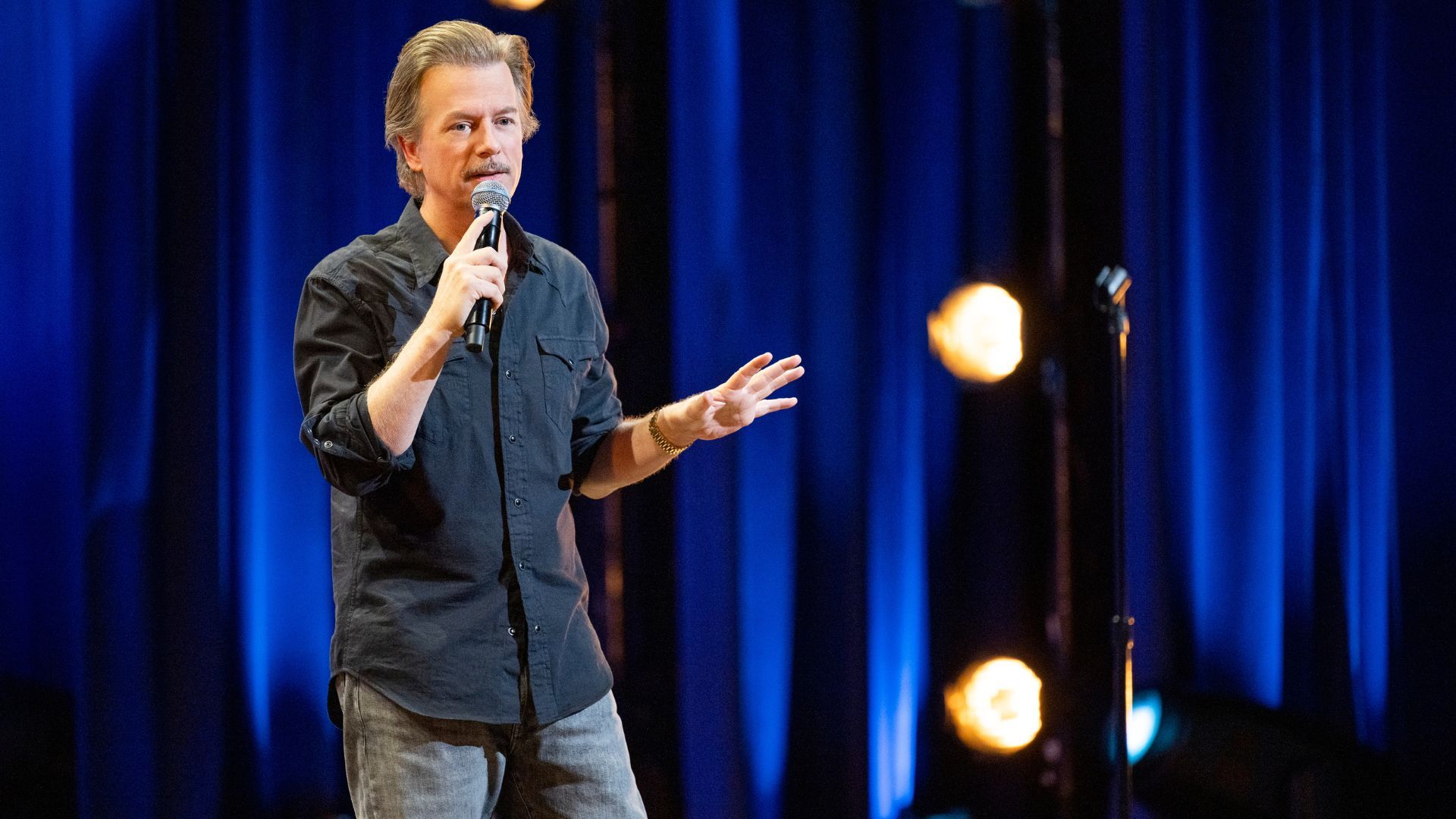



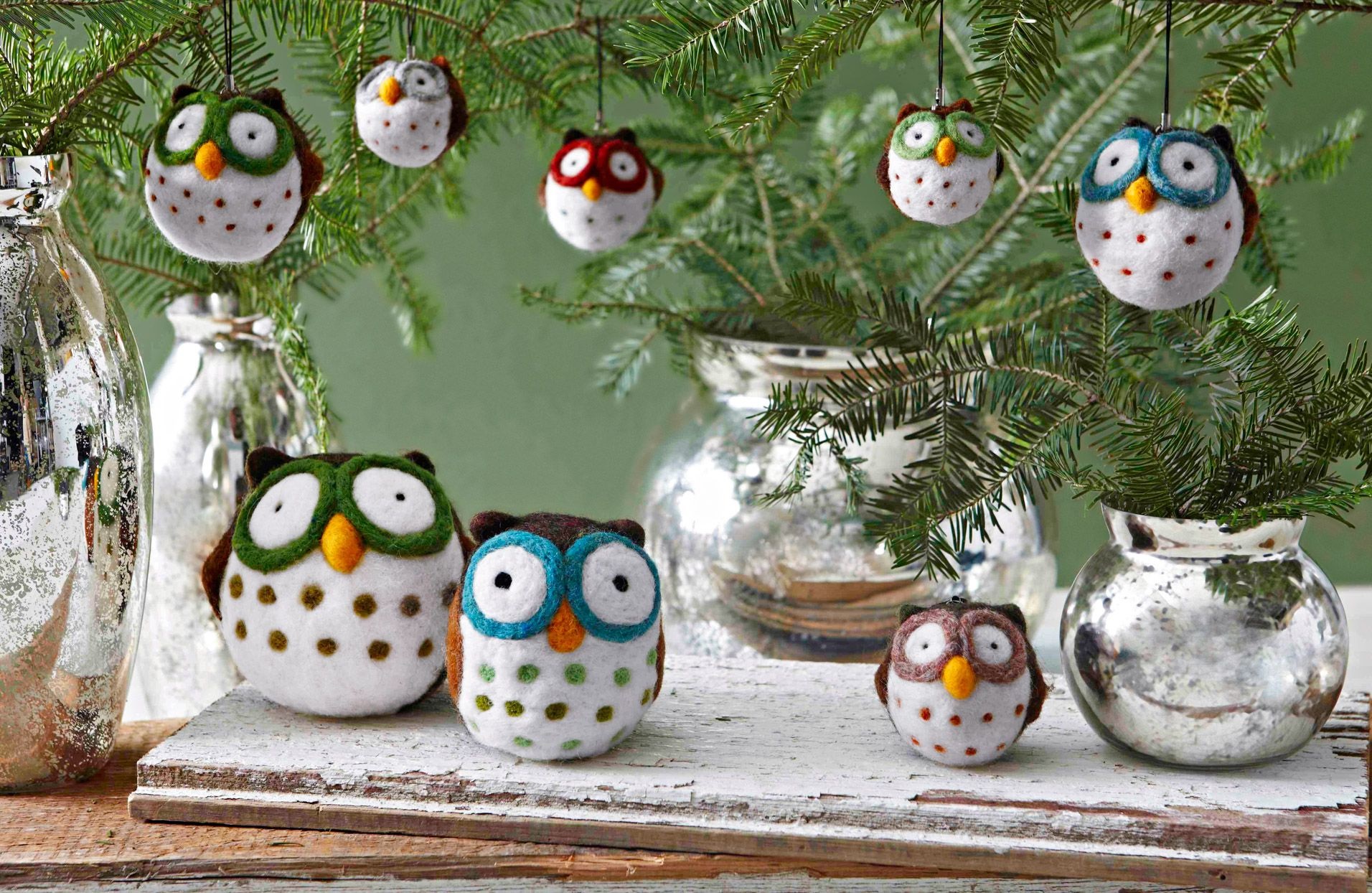

:quality(85):upscale()/2024/11/07/930/n/1922564/a2d3a981672d2eff2fa4b3.27830525_.png)

:quality(85):upscale()/2024/10/29/800/n/1922564/87311b9b67212573be36e4.40498817_.jpg)
